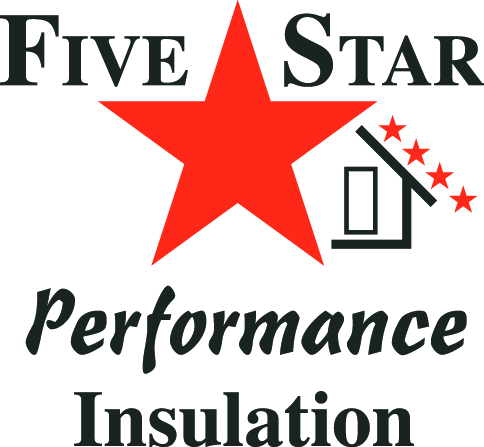Insulation is a little more complicated than it appears to be on the surface. From different installation methods to varying materials, there’s a lot of ground to cover for even a basic understanding of insulation installation.
When you talk about installing wall, floor or attic insulation in Sacramento, CA, one term that is bound to come to your attention is “R-value.” Understanding R-value is essential when deciding upon an insulation solution for your home. Whether you are a do-it-yourselfer or are looking to hire a contractor, it’s important to know what R-values are and the proper R-values to use in different parts of your home.
What is R-value?
R-value refers to a rating system used to measure the thermal resistance of insulation. The “R” in R-value stands for “resistance”—resistance to heat flow, to be exact. As any grade school teacher will tell you, heat transfers. So whether you are trying to keep warm air in a heated home or keep hot air out of an air conditioned home, you want to keep the hot air from transferring. The R-value refers to the insulation’s ability to stop the movement of hot air. The higher the R-value, the more difficult it is for heat to transfer. The R-value is the most important factor to consider when deciding upon cost effective insulation solutions for different parts of your home.
Floor insulation
When determining the best R-value for insulation for your floor, it’s important to consider the climate you live in. Colder climates require a higher R-value, about R-25. In California, however, you can get by with a lower R-value of about R-11. You don’t want to go too high with the R-value because your floor needs to be able to breathe and you don’t want to trap moisture underneath your floors.
Wall insulation
Determining the type of insulation and R-value for your walls depends on several factors. Walls made of less porous materials may require a lower R-value, while wood walls, for example, need a higher R-value. Climate also plays a role in determining the R-value for your wall insulation. Of course, the colder the climate, the higher the R-value to meet energy saving standards. The manner in which you heat your home can also make a difference. Generally speaking, R-values for wall insulation usually fall in a range of about R-11 to R-28.
Attic insulation
A home in a cold climate requires insulation with a value of at least R-49. For attic insulation in Sacramento, CA, however, you only need an R-value of R-38. Again, the type of ceiling you have will play a role in determining the R-value that will be most efficient and cost effective, but you will always want an R-value of at least R-38 for a residential home in California.
There’s a lot to know about insulation, but with an understanding of R-values, you are well on your way. From attics to floors, choosing the proper R-value will help you save money and energy—contact 5 Star Performance Insulation, Inc. to learn more!
